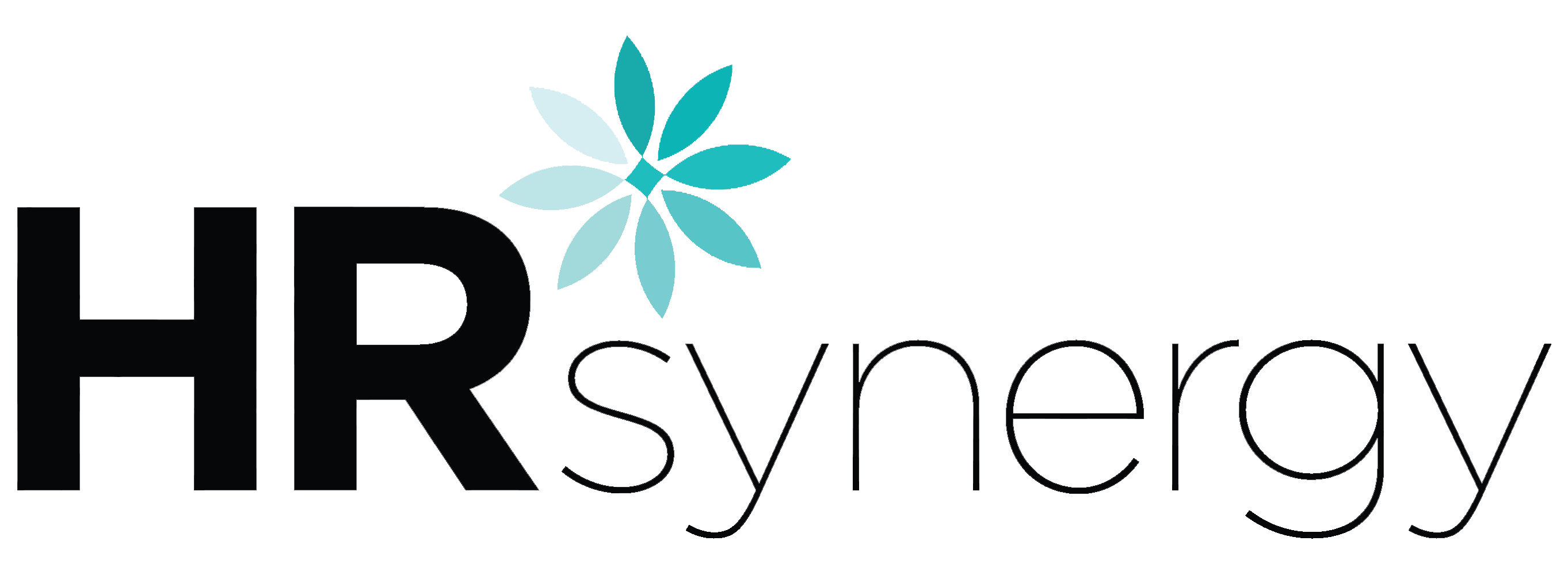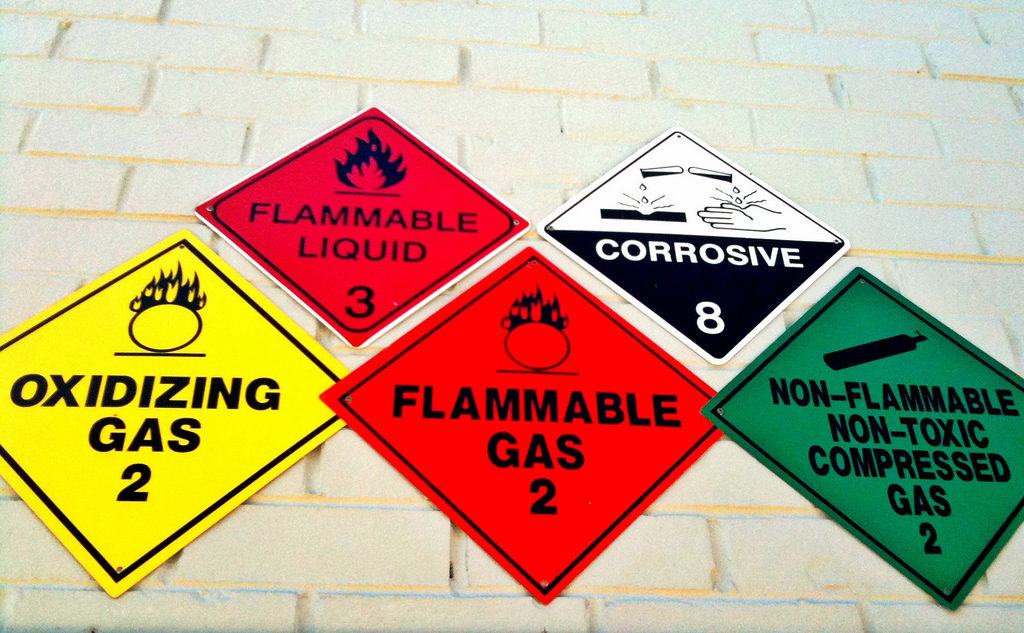NCS President and CEO Deborah A. P. Hersman said, “OSHA’s Top 10 List is more than just a list, it is a blueprint for keeping workers safe.” Since the top five on the list is identical to the top five in the fiscal year 2016, it’s easy to see that most of the violations remain the same.
The list for the fiscal year 2017:
- Fall protection – General Requirements, 6,072 violations
- Hazard Communication, 4,176
- Scaffolding, 3,288
- Respiratory Protection, 3,097
- Lockout/Tagout, 2,877
- Ladders, 2,241
- Powered Industrial Trucks, 2,162
- Machine Guarding, 1,933
- Fall Protection – Training Requirements, 1, 523
- Electrical – Wiring Methods, 1,405
Number two on the list, Hazard Communication is one that applies to most businesses, regardless of their size, if their employees work with any type of chemicals. Employers are required to define a chemical as any product having a warning label on it and used by your employees. If you wouldn’t want your three-year-old to get their hands on the chemical and your employees use it at work, make sure you get an SDS (Safety Data Sheet).
A fairly recent (2012) change to the Standard caused the MSDS (Material Safety Data Sheet) to be renamed Safety Data Sheets. This change also required all Safety Data Sheets to consist of 16 sections, specifically defined in the standard.
If you bought your product at Walmart, you should be able to go on the website (normally on all labels) and find the SDS on the product which then can be printed and added to your binder. These SDS binders must be available to your employees and are normally kept near most of the chemicals. If you have been maintaining an MSDS/SDS binder all along, we recommend a review of your SDS to ensure they meet the new GHS requirements. Rule of thumb is that if an SDS is more than five years old, it is worth verifying that it is the latest version.
Businesses must also have a written Hazard Communication Program and have documentation of annual refresher training for all active employees.
To comply with this requirement the program must:
- Contain language regarding the policy to comply with the revised OSHA standard which has been aligned with the United Nations Globally Harmonized System of Classification and Labeling of Chemicals (GHS).
- Contain language about who maintains the Hazardous Chemicals list.
- Identify who is responsible for the annual refresher training.
- Identify who is responsible for an annual review of the program.
In New Hampshire, for businesses of over 15 employees, this is typically your JLMC (Joint Loss Management Committee). For companies whose employees don’t normally come into contact with blood or other body fluids, it is best practice to include language in this program about the potential of bloodborne pathogen exposure.
Violations for powered industrial trucks are further down on the list, but the fines can be substantial for non-compliance. If you’re not sure of your status, call us at (603) 261-2402 to schedule a mock audit before the real inspectors show up on your doorstep.

